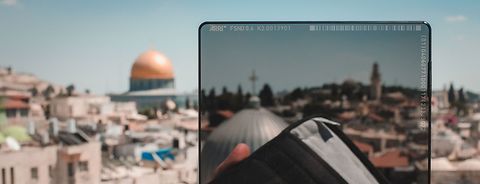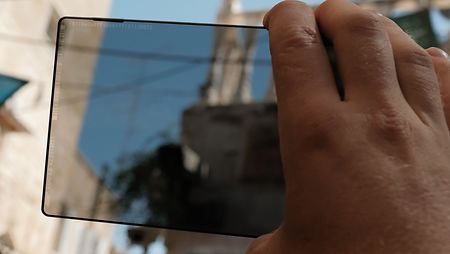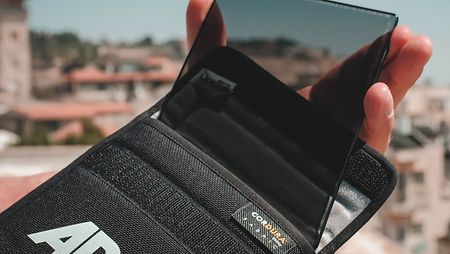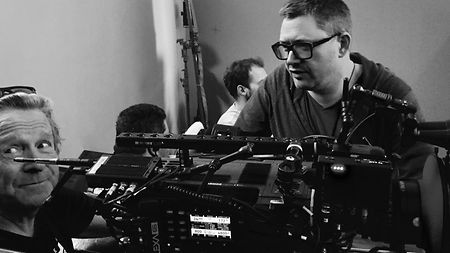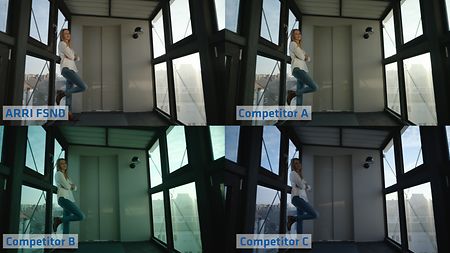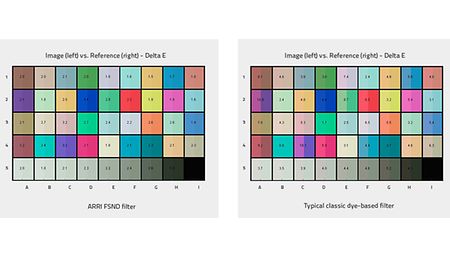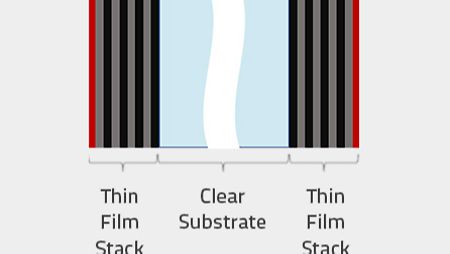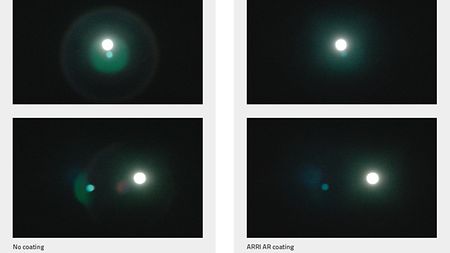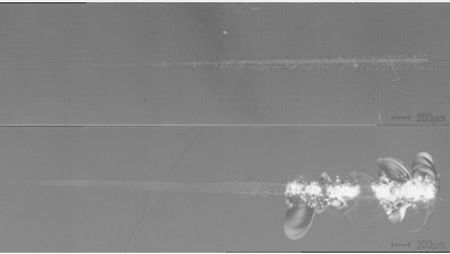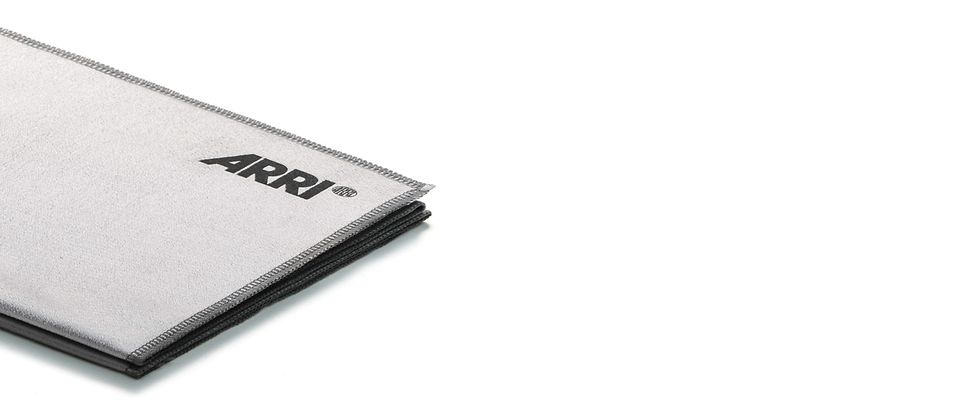Many creative choices are difficult, but your choice of neutral density filters shouldn't be. ARRI Full-Spectrum Neutral Density (FSND) filters offer superior image control with maximum flexibility and no optical compromise.
UHD and HDR are the future of filmmaking. With increased image quality comes the need for superior optical quality. Low-cost filters introduce artifacts such as flare, glare, reduced color saturation, and optical distortions, all of which compromise the integrity of high dynamic range and wide color gamut images.
Many manufacturers sandwich the filtration material between two pieces of glass, which can introduce astigmatism and other optical distortions. ARRI FSND filters are surfaced coated, with highly-polished high optical quality glass as a base. They are distortion free, even when used in conjunction with long focal length lenses.
ARRI FSND filters leave image control to the cinematographer. They are perfectly color neutral, exceptionally resistant to flare and glare, protective of the color within the scene, and introduce no discernible image distortions at even the longest focal lengths. Most importantly, they eliminate far red ("IR") contamination without affecting skin tone.
